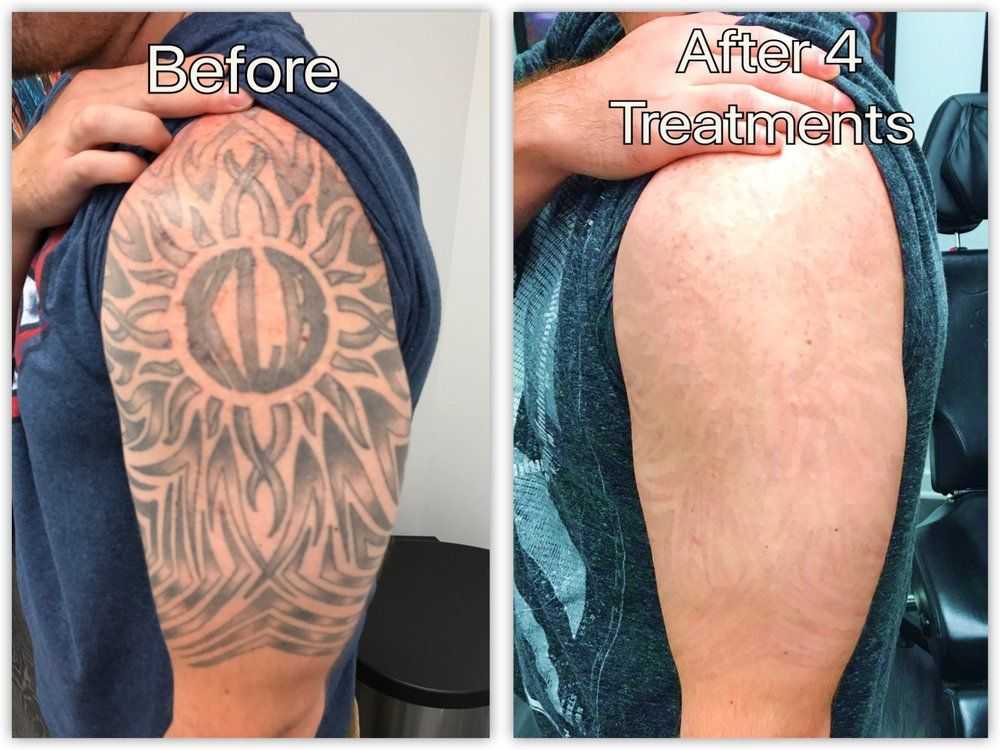

Regretting that youthful ink? Want to remove a tattoo that no longer reflects your current self? Fortunately, tattoo removal technology has advanced significantly, offering a range of options beyond the old-fashioned "dermabrasion." Let's dive into the most common methods:
1. Laser Tattoo Removal: This remains the gold standard, utilizing targeted laser beams to break down tattoo ink particles. Different wavelengths are used for various ink colors, making it highly effective.
Pros: Highly effective, permanent results with multiple sessions, safe for most skin types.
Cons: Multiple sessions are required, can be expensive, potential side effects like scarring or discoloration.
2. Q-Switched Laser: A specialized laser that delivers short bursts of intense light, effectively breaking down pigment.
Pros: Quick treatment sessions, minimal discomfort, suitable for various ink colors.
Cons: May not be as effective for darker inks, potential side effects like skin lightening.
3. Picosecond Laser: This advanced technology uses ultra-short pulses of light to break down ink particles more efficiently.
Pros: Faster treatment times, fewer sessions required, better results with certain colors.
Cons: Still under development, may not be suitable for all tattoos.
4. Creams and Topical Solutions: These often contain ingredients like glycolic acid or retinol that aim to fade ink.
Pros: Affordable, easy to use at home, suitable for lighter tattoos or faded areas.
Cons: Slow results, may not be effective for all tattoos, potential skin irritation.
5. Dermabrasion: A technique involving the removal of the top layer of skin, which can also remove tattoo ink.
Pros: Can be effective for certain tattoos, quick procedure.
Cons: Painful, high risk of scarring, not recommended for most tattoos.
Choosing the Right Method:
The best tattoo removal option depends on various factors, including:
Tattoo size, color, and depth.
Skin type and tone.
Budget and time commitment.
Important Considerations:
Consult with a qualified dermatologist or plastic surgeon.
Choose a reputable clinic with experienced technicians.
Understand the risks and potential side effects.
Be realistic about the time and cost involved.
Remember: Tattoo removal is a process, and results vary. Patience and consistency are key to achieving your desired outcome.

0 comments:
Post a Comment
Note: Only a member of this blog may post a comment.